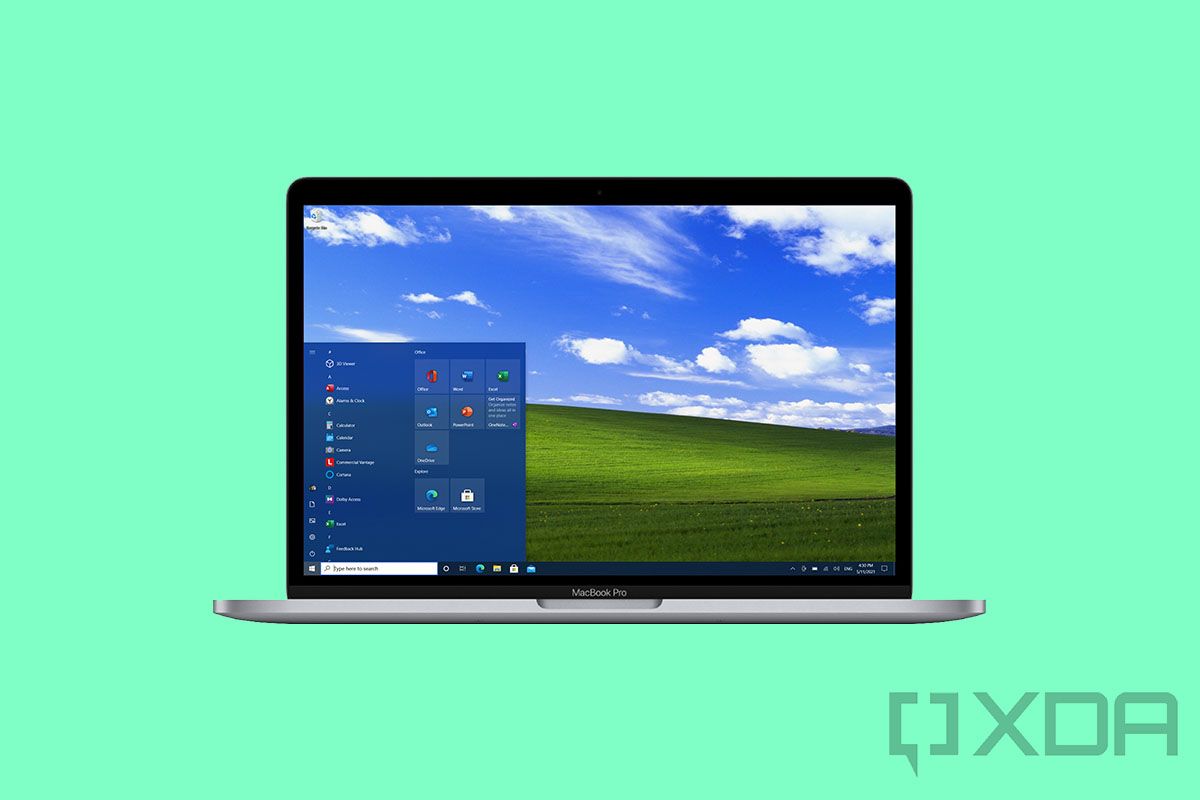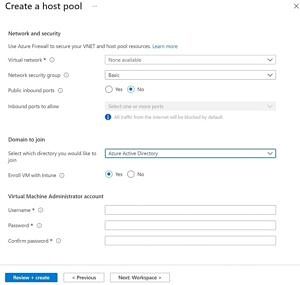Microsoft is renaming Windows Virtual Desktop to Azure Virtual Desktop, the company announced today. The service is also getting new features to help workers in hybrid environments.
As the name suggests, Azure Virtual Desktop is a VDI, short for Virtual Desktop Infrastructure. It allows users to run virtualized Windows operating systems in the cloud so they can be accessed from anywhere. This means you can access your work apps and files even when you can't be in the office. It's become an especially important tool during the past year due to the need to work from home. Microsoft has been talking about its vision for the hybrid workplace, and Azure Virtual Desktop is part of that.
New features in Azure Virtual Desktop
In addition to the new name, Microsoft also announced some new features for the service. First, it's improving support for Azure Active Directory (AAD), and that will be in public preview soon. This means you'll soon be able to join Azure Virtual Desktop virtual machines (VMs) to AAD, and connect to them more easily from any device. What's more, you can automatically enroll virtual machines with Microsoft Endpoint Manager. Microsoft says it's working to improve the integration with AAD even more in the future, with support for single sign-on, FIDO2 authentication, and more.
You'll also soon be able to manage multi-session Windows 10 Enterprise VMs with Microsoft Endpoint Manager. This feature is now in preview, and it makes managing virtual machines work like managing shared physical devices. Finally, Microsoft is streamlining the boarding experience for Azure Virtual Desktop in the Azure portal. There will soon be a new QuickStart option for setting up virtual machines that will let users deploy them in a few minutes. This will be available in preview soon.
New pricing options
Finally, Microsoft announced a new pricing option for Azure Virtual Desktop. Organizations can pay a monthly fee per user to make their apps available through Azure Virtual Desktop, instead of paying for more than what they need. This allows companies to make software available to external users as a streaming service, with each user covering their own costs.
While this new option will launch in full on January 1, 2022, Microsoft is launching a promotional campaign. From July 14 through the end of the year, companies can make apps available to external users at no extra cost. From January 1, app access for external users will cost $5.50/user/month. If you also want desktop access, it will be $10/user/month.


